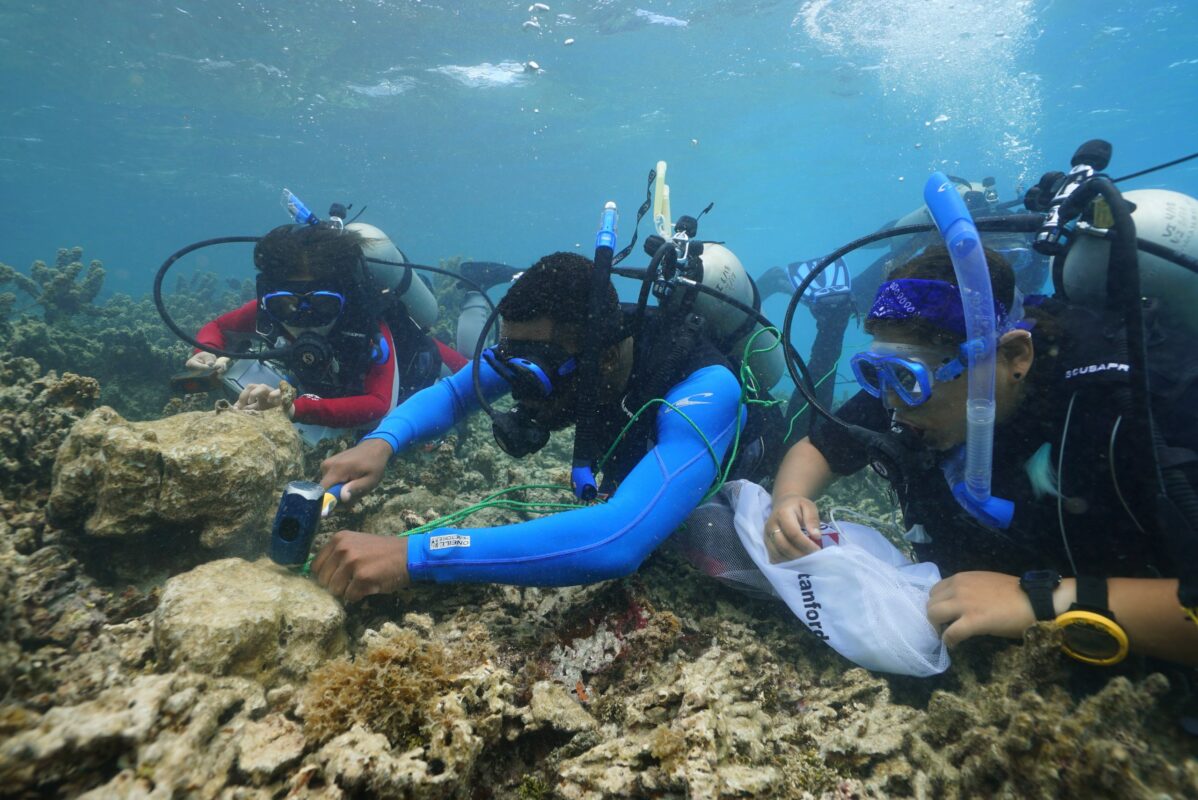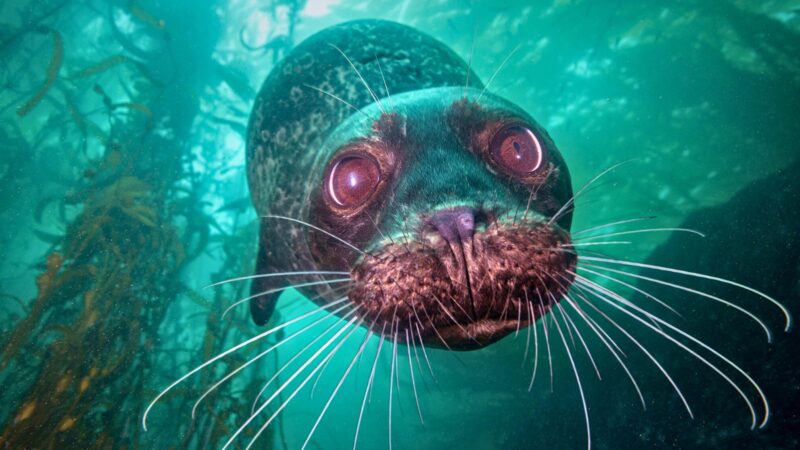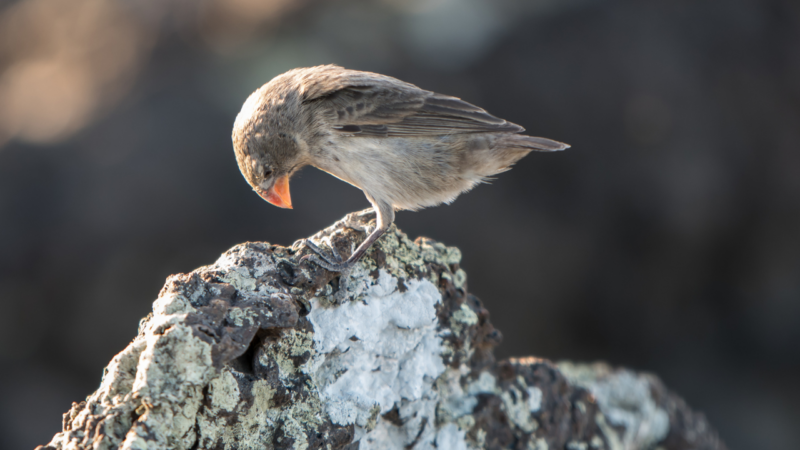
Sea urchins help tropical coral reefs recover, study finds
Sedimentation and reduced fish populations cause algal overgrowth that threatens coral resilience
Besieged by warming waters and other threats, corals have an unexpected ally in sea urchins. Sea urchins help coral reefs recover following die-offs in tropical regions, new research has found.
They do so by limiting the height of algal turf — seaweed that grows from reef beds, said Elijah Catalan, UCLA researcher and co-author of the study, published February 15 in Nature Scientific Reports.
Without algae-devouring sea urchins, reefs become dominated by algal fields that deplete oxygen, attract species that introduce diseases and threaten the survival of organisms that are healthy for coral reefs
Coral reefs are the backbone of marine ecosystems, Catalan said. Twenty-five percent of all marine species depend on them at some point in their lifetime. They’re vulnerable to damage from typhoons, nutrient pollution, predation from starfish and bleaching events caused by warming waters.
Under these pressures, algae can become dominant in reef ecosystems, threatening all organisms that depend on them, said Catalan, a Ph.D. student at UCLA Institute of the Environment and Sustainability.
Since 2009, 14% of coral reefs have disappeared. Two-thirds of reefs are threatened by algal overgrowth, reducing their resilience to environmental stressors.
Urchins devour algae, limiting algal turf to heights of one millimeter, a level that allows coral reefs to recover — a role that becomes even more important with declining algae-eating fish populations from overfishing and sedimentation, or accumulation of dirt on reefs.
Sea urchins consume sediment along with the algae, leading to lower sedimentation levels that attract plant-consuming fish, further reducing the likelihood that algae will become too dominant.
To understand the role of sea urchins in coral recovery, researchers modeled four possible future scenarios: moderate overfishing with complete loss of urchins, severe overfishing but no loss of urchins, total loss of both herbivores, and the current community of fish and urchins. They also modeled two sedimentation scenarios for each model: current state of sedimentation and increased sedimentation from intensifying storms.
They mimicked these scenarios in 15-by-15 centimeter wire cages on plots of dead coral reefs. They constructed the cages to either allow or restrict access for sea urchins and fish and added sediment to one set of cages for each scenario. They then tracked algae growth and monitored herbivore counts by video and in person, scuba diving and snorkeling.
“It was so different and beautiful to be immersed in an ecosystem that’s very alien,” Catalan said.
The students found that the model with no herbivores resulted in turf three times taller than the status quo model. When sediment was added, the number of fish herbivores decreased in the cages that excluded sea urchins but were not affected in the ones that allowed them to enter.
As climate change advances, coral reefs and marine life that depends on them are expected to face increasing risks.
Understanding the value of specific organisms like sea urchins in coral recovery will allow conservationists to better advocate for protection, Catalan said.
Research for the study was conducted during an excursion to the French Polynesian island of Moorea. It is part of the Diversity Project Research Program at UCLA, a 10-week long course that guides underrepresented students as they conduct marine science research.
Three undergraduates involved in the research were advised by ecology professionals, including Paul Barber, a professor at UCLA’s Department of Ecology and Evolutionary Biology.
“The program gives people that typically wouldn’t participate in marine science or ocean conservation the experiences and tools they need to succeed in this field,” Catalan said.




